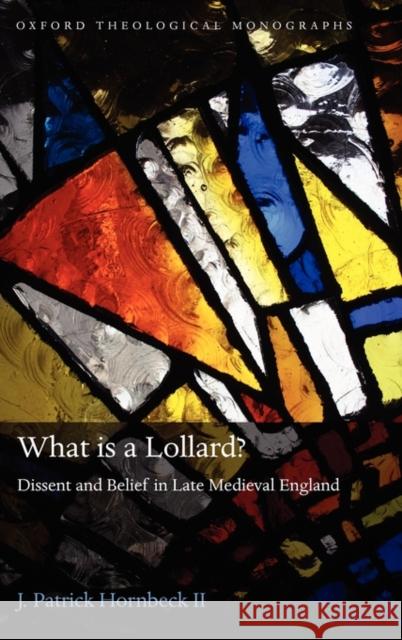What Is a Lollard?: Dissent and Belief in Late Medieval England » książka
What Is a Lollard?: Dissent and Belief in Late Medieval England
ISBN-13: 9780199589043 / Angielski / Twarda / 2010 / 288 str.
What is a lollard? Generations of historians and propagandists, bishops and inquisitors, theologians and polemicists have asked this question about the dissenters who began to trouble the English church in the late fourteenth century; indeed, many interpretations of the English Reformation have turned on its answer.
This is a book not only about lollards but also about the terms and categories that have been used to describe them: through the process of documenting and analysing the dissenting beliefs preserved in lollard texts and the records of heresy trials, what becomes apparent is that there is no static essence that we can call lollardy. Rather than a narrowly defined theological category, lollardy is and has been a capacious term, under which all manner of religious outliers await closer examination.
J. Patrick Hornbeck II explores the wide range of lollard beliefs on some of the key issues in late medieval Christianity: how one is saved; what truly happens in the sacrament of the eucharist; who can get married, and why; whether there should exist discrete orders of clergy, or even the pope. He argues that the beliefs of individual dissenters were conditioned by a number of social, textual, and cultural factors, including the ideas they discussed with other members of their local communities, the texts to which they had access, and the influence of mainstream religion and spirituality.











